The 1960s: Have To Meet The Family First
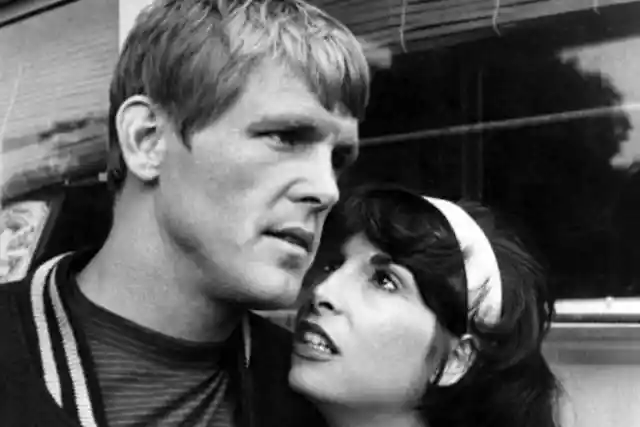

It’s officially been over 50 years since the ’60s came to an end, and we’d like to reflect on how the times have changed, specifically in regards to dating and what people consider to be the ‘norm’ these days. When we look at how our parents or grandparents viewed dating, there are some significant differences, that’s for sure…
Of course, people back then had to deal with a lot of challenges, from blind dates to less ability to travel (and subsequently a lower likelihood of meeting as many people as they would today). But at the same time, the lower pressure of dating that came from not having dating apps and other modern problems might have been a big benefit of dating in those days.
Here are the biggest ways dating in the ’60s differed from today. You might prefer some of these old-fashioned ideas, but chances are you’ll also appreciate the modern conveniences that you’ve now grown accustomed to as well…
Today: Meet By Yourselves For A Not-So-Blind Date
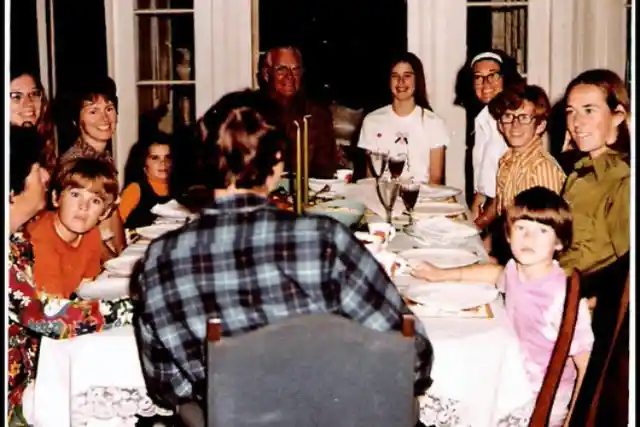
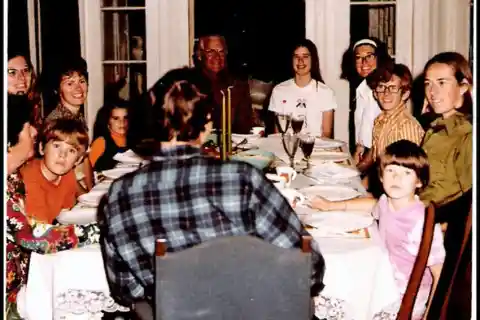
In the 1960s, it was common to meet the parents first before going out on a date. This was common courtesy, and often times the parents knew about the date before their son or daughter did. They would meet, and the person would ask the parents’ permission to go out on a date.
This practice was one that was almost an unspoken rule. Places that value etiquette (like the South) still expect this from people who want to date their kids.
The 1960s: First Dates Are Group Affairs


Today, a lot of dating takes place where people haven’t met their date in person yet. So much of dating today is through online apps and social media for the most part. No longer do men have to meet a girl’s dad and make their intentions known; they can simply slide into her DMs and ask her out.
You can see who their mutual friends are, and ask one of your friends for an opinion on the person first. Things sure are much more fast-paced than they used to be.
Today: One On One
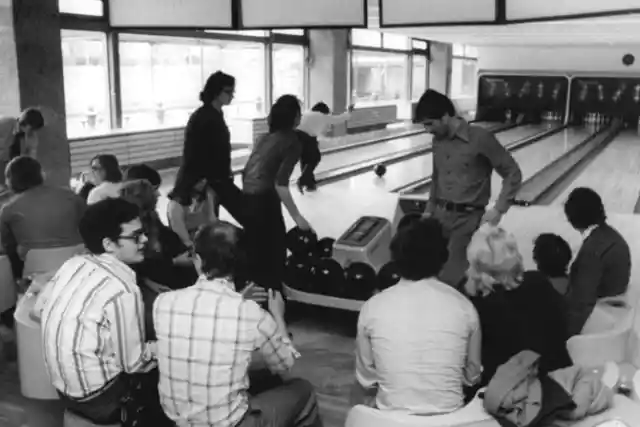

Many times, dates weren’t one-on-one and personal. Often you would be going out with a group of friends to a roller rink, the movies, or dances. This type of setting definitely made everyone feel a bit more comfortable at the time, since they would be around friends when meeting their date.
Plus, parents were comforted by the fact that not much frisky business would be going down since their kids were in a group and not in a cozy, intimate setting.
The 1960s: Your Parents Must Approve


Not only are you meeting them for the first time ever, but often you meet up alone and not with a group. You meet at a location that usually has many people around, like a coffee shop. This makes it more comfortable for both parties, as there are people around at least.
Of course, there are those who ask a friend to tag along, but for the most part, no one goes on a first date with their friends. It’s considered to be extremely strange today.
Today: Meeting The Parents Can Take Months
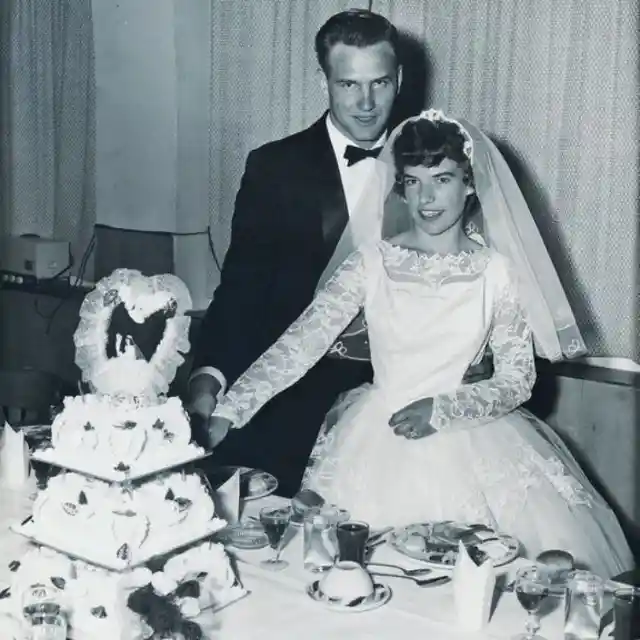
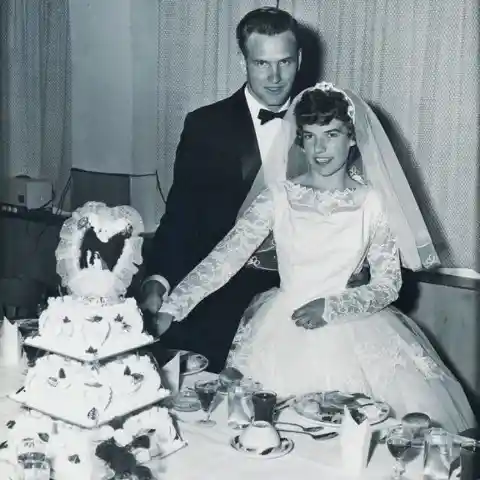
Before you could arrange the date with your group of friends, your parents would have to approve of the date first. This would normally mean them getting to know who your potential date is, even if it’s personally or by listening to what other people (friends, neighbors, relatives) have to say about that person.
And impressions were taken very seriously in the sixties. There was many a time when parents would forbid their children from dating someone simply because of what they heard about that person.
The 1960s: Family And Friends Suggest Dating Matches


Today, people go on dates all the time, and sometimes they work out and sometimes they don’t. Because we date more often now, we are free to date people for months at a time and not even let our parents know. Sometimes couples date for as long as a year or more without meeting the parents!
Meeting someone’s parents has become somewhat of a big deal. So you wouldn’t want to introduce your parents to someone who’s only in your life for two weeks.
Today: Meet Strangers Online

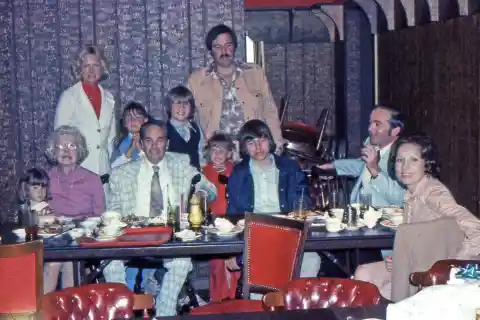
Instead of finding a partner for yourself, often your parents would play the matchmakers. Your parents would have your best interests in mind, and they would be looking for someone that you could potentially marry. And the social and financial status of the person would also play an important role in who they would choose.
Of course, it wouldn’t always work out, but there would often be a backup or two, just in case. It was actually a bit annoying to some of the kids who grew up in those times.
The 1960s: Need Parent’s Permission
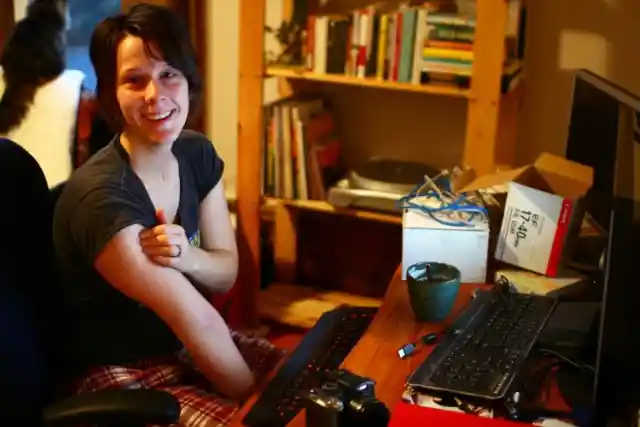
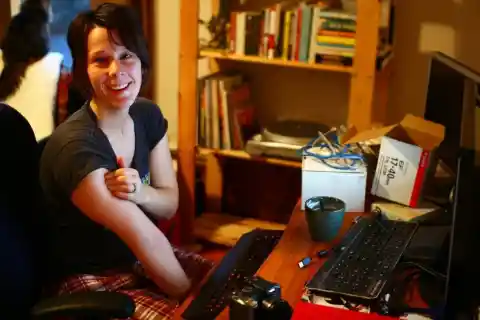
You definitely don’t need any help from your parents anymore! Nowadays, most people who are looking to date meet online first. Most likely, people are using dating specific apps like Tinder, but they could also meet through social media sites like Facebook. Dating websites like eHarmony, Plenty of Fish, and more also exist if you prefer your computer screen to your phone’s.
And old-fashioned habits like setting people up are still around, but they’ve been modernized. Friends are the ones who suggest someone you should date today.
Today: Permission? What’s That?
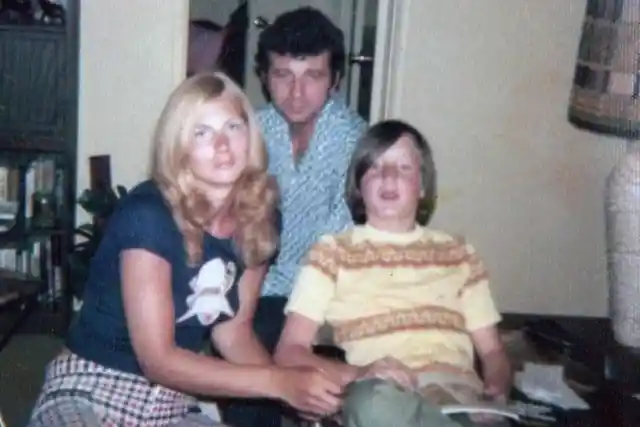
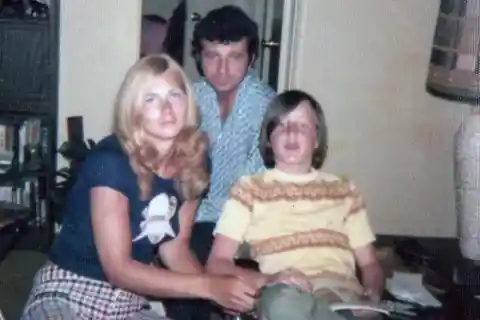
You couldn’t just go out at any time during a school night or after work to see your date. If you were living under your parents’ roof, no matter if you were 16 or 25, you had to be respectful of their rules. If they didn’t want you out past a specific time, you obeyed that rule.
If they didn’t want your partner to visit without them there to supervise, then you also had to respect that. Needless to say, respect was a big thing back in the day.
The 1960s: Birth Control Was A Dice-Roll


Many people who are in relationships can see their partner whenever they choose. Sometimes if one of them is younger and living with parents, they may still need to ask permission. But many parents don’t mind if their children’s significant other sleeps over or even lives in the house with them.
It is much more laid back today, and usually there are not as many restrictions, if any at all. It is something children today are very thankful for.
Today: Birth Control Options Are Readily Available


By the late 1960s, birth control was being made available to everyone slowly but surely. Before that, and even during, you had to be very careful with any intimate encounters, as you could become pregnant. Counting the days of one’s cycle and using the pull-out method were mostly what was relied on, but it was still very risky.
This was a terrifying thing for most women at the time. Unwanted pregnancies, especially those out of wedlock, were severely frowned upon.
The 1960s: Women’s Rights Being Fought For


Today, and since the late 1960s, women are in control of their bodies, and they choose if they want to become pregnant or not. The resources are available to them, and there are different types of birth control available now as well. They can choose to take pills, install a uterine device, and so much more.
Speak with your doctor if you have any questions about which birth control is right for you. And remember to do your research where these things are concerned.
Today: Women Are Equal To Men

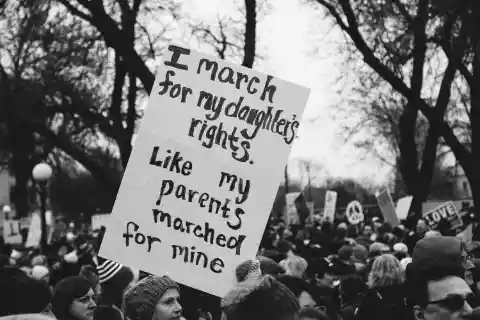
Women at this time were not making as much money as men did (often, they were expected to stay home and take care of the house and kids), they didn’t have control over their birth control, and they were sick of it. Feminist marches and protests were happening all across North America, and women’s freedom was being taken back!
But it was not an easy thing to achieve, since it was believed that they were the weaker of the two sexes. But they were working hard to change that mindset, and they eventually did.
The 1960s: Women Date In Seek Of Marriage


Today, women don’t face nearly the same hardships that they did in the 1960s. Females have access to birth control and are almost equal to men in their careers, although more can be done to lessen the gap. They work just as hard and as long and still find the time to care for their children.
Where relationships are concerned, both parties are expected to work and contribute to the household – not just one.
Today: Women’s Dating Goals Vary
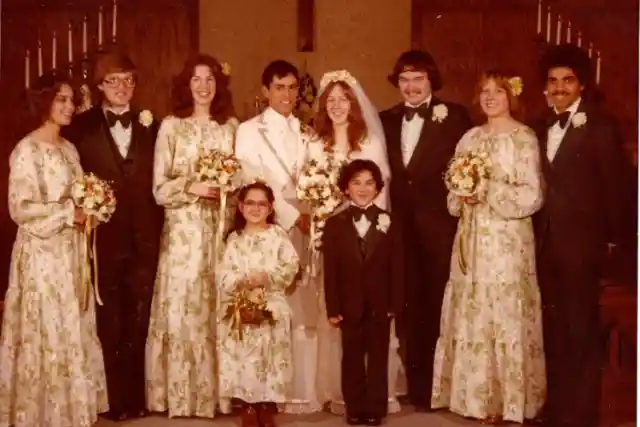
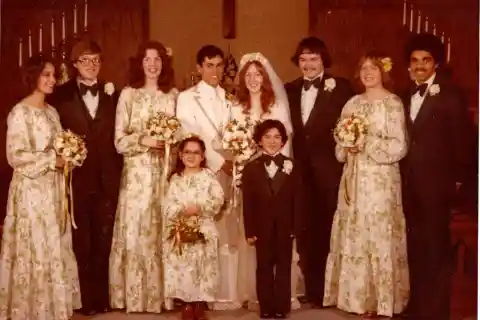
When a woman was looking for a man to date (or her parents were looking for a date for their daughter), the common end goal was marriage. They took into consideration where he worked, what his family was like, and other social aspects. It was matchmaking in a way that they were very used to in the sixties.
And it was a very serious affair, as parents on both sides were heavily invested in the outcome of the entire courtship. It was always the hope that a marriage would happen.
The 1960s: Women Aren’t As Career-Focused
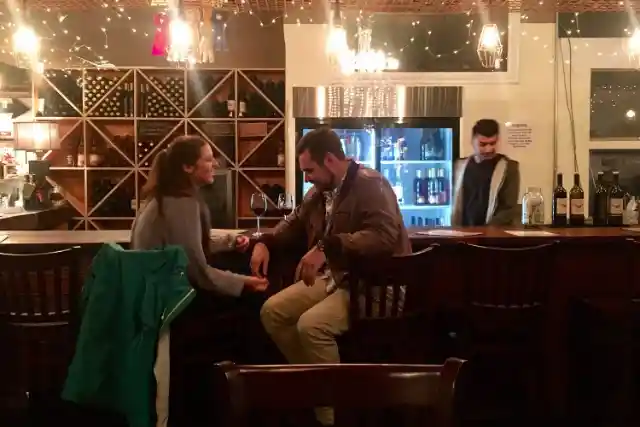

Most times, when a woman is going out on a date with a new partner, they are just looking to have fun and enjoy their night. Things may not even go past the first night, and some women are completely fine with that. It’s not even necessary that a marriage takes place, even if love is involved.
Today, marriage is usually not a hot topic on a first date, but if it’s love at first sight, anything goes! It all depends on the partners.
Today: Many Women Place Career Above Romance

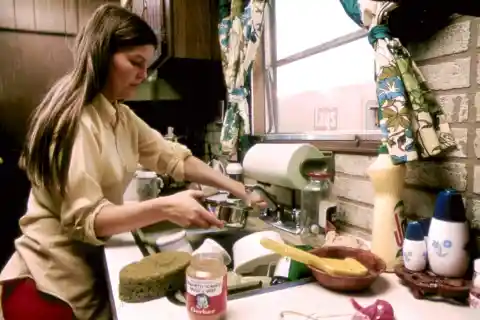
When ladies were looking for a potential partner (or their parents were), social status was incredibly important. The woman and the parents had to know that the man was capable of taking care of her and any children they may have in the future. This was because women and jobs were not a big thing in those times.
The women wanted or were expected to stay home with their children while the father went out and made the money. Being the homemaker would be their “job.”
The 1960s: Financial And Social Status Are Big Dating Variables


Most women today are often going to college or university straight out of high school and doing either a 2-year or 4-year program. Afterward, they are looking to get into the workforce in their field of study. Or even going on to do post-graduate degrees. There’s really no limit when it comes to education and working today.
Marriage would come after that typically for most women, and sometimes during their search for work. Some even choose not to be married.
Today: Financial And Social Status Both Mean Less
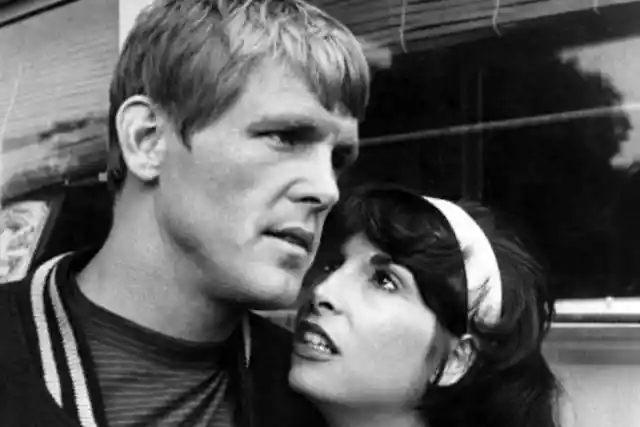
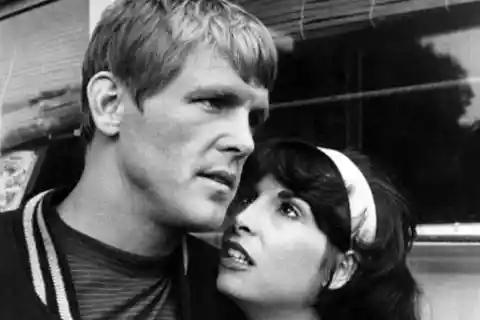
The financial and social status of a potential partner was the most critical factor in deciding on a prospective partner to spend the rest of your life with. It seems very shallow, but that’s exactly the way things were back in the day. And so, a number of factors were taken into consideration when making a match.
Parents choosing for their daughters wanted them to stay at home and have their husbands be the breadwinners. So it was important that he make enough money for her to be comfortable with her new life.
The 1960s: Dates Take Place At Bowling Alleys, Ice Rinks, And Movie Theaters


Today, you choose who you are going to date! Personality for most is the main factor they look for in a potential partner, not how much they make at their jobs. Of course, looks matter to some people, but the need for the partner to make a substantial amount has mostly disappeared.
It is okay to date someone who is currently unemployed and may not have the most prominent social circle around them.
Today: Netflix And Chill
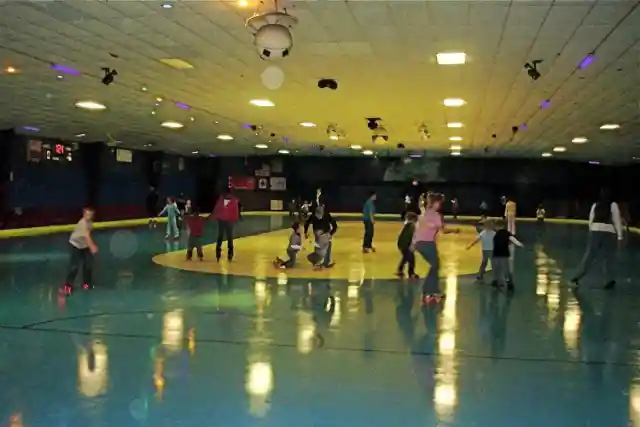
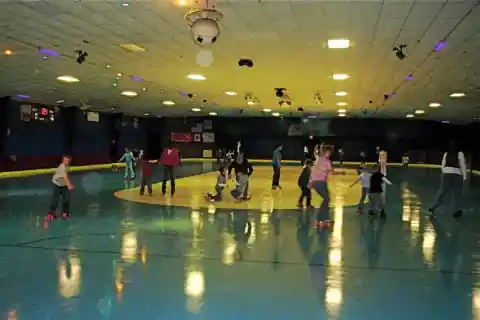
In the 1960s, the most popular date sites were as mentioned above: bowling alleys, ice rinks, and concerts or movies. Why were these more popular back then? Because they were all group settings! You often went on ‘dates’ as a larger group instead of in an intimate one-on-one setting.
It was just what was done. Solo dates needed special permission, and often times, the parents drove them to their destinations and picked them up right after.
The 1960s: “Hooking Up” Was Just Becoming A Thing
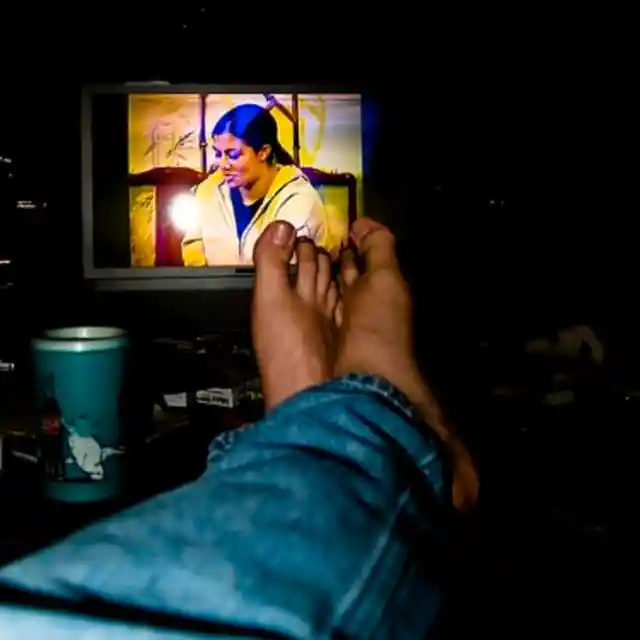
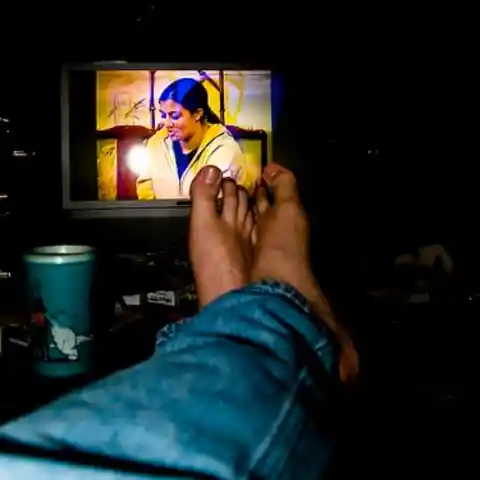
Today, a regular date for couples is “Netflix and chill,” or in other words, watching a movie and then maybe hooking up. Or even hooking up and not watching anything but the first five to ten minutes of the movie. Most dates are a one-on-one night, like going out for coffee or going to the movies just the two of you.
It’s not very often that group dates happen, and when they do, couples still find time to go off and do their own thing afterwards.
Today: “Hooking Up” Is The Norm
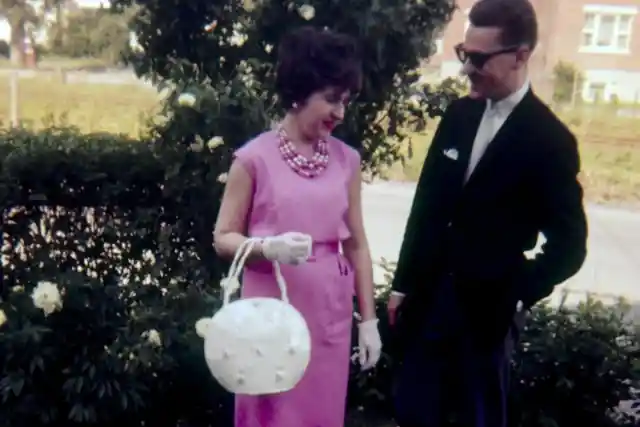
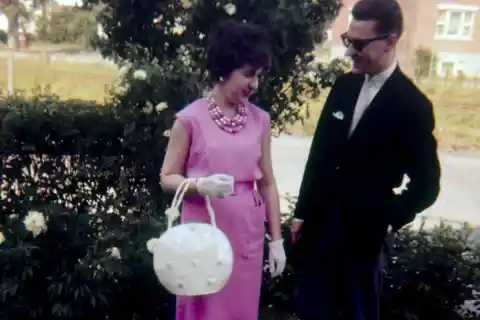
For most couples, hooking up was a very new concept. People in the late 1960s were just starting to become more open. “Free love” was becoming the next significant movement, and people were just starting to understand that intimacy when unmarried wasn’t as condemning as they first thought. It was still a very shocking thing at the time.
And it wasn’t limited to just hooking up. Some people, including married couples, were against showing public displays of affection.
The 1960s: Most Married Couples In Their Early 20’s Have Kids


Hooking up today is very typical; it can mean anything from kissing someone to going all the way with them. If you’re casually dating, it is not uncommon to hook up with multiple partners. In fact, while in high school and college, you’ll probably hook up with quite a few people and see that others are doing the very same thing.
As long as everyone is being safe and everything is consensual, then people are exploring this more and more.
Today: Most Couples In Their Early 20’s Aren’t Married, And Wouldn’t Know What To Do With A Baby
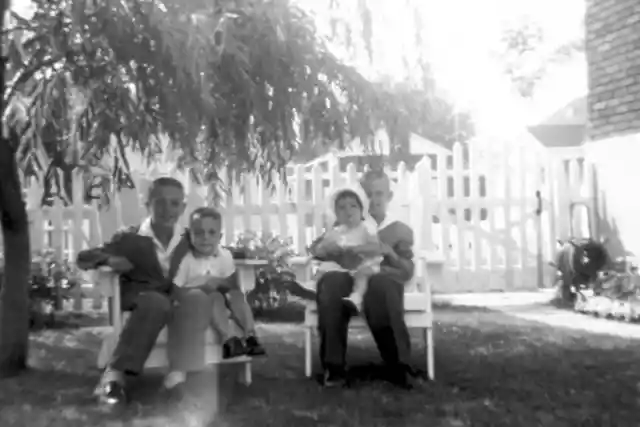
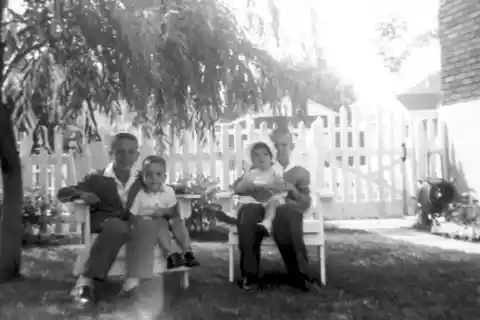
Because marriage was the main focus for people when they were looking for partners, children would come shortly after they did finally tie the knot. It was more common for couples to have children in their early 20s, and the women would stay home with the kids. It was basically what was expected.
It’s also the reason why kids were not that much younger than their parents; the age gap was lessened because of how early babies were being born.
The 1960s: Couples Call Each Other To Meet Up
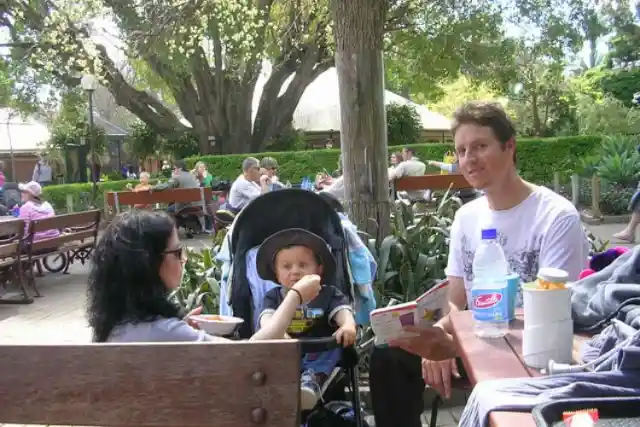

The average age for couples to have children now is much later than it was in the 1960s. Basically, with women also wanting careers and going to post-secondary school, they aren’t interested in having children before their career is established. It’s very common to find a woman in her late thirties as a first-time mother today.
Instead of having a baby straight after college or as soon as the wedding happens, women are having children later in life. It’s not the case for everyone, though.
Today: Couples Are Involved In Long, Ongoing Text Threads
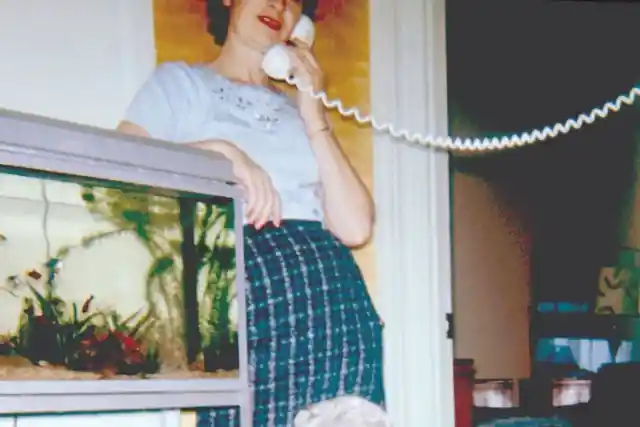

Before iPhones, computers, and pagers, people had to actually pick up their (most likely rotary) phones and call one another to go out on a date! You would have to hope that your date was home, and if their parents picked up the phone, you were stuck chatting with them for a while before they put the kids on the line.
It wasn’t the easiest thing to do, but it had to be done if a person wanted to go out on a date. Either that or go to their house to ask in person.
The 1960s: Women Stay At Home Raising Kids


With technology the way it is today, we are connected with everyone 24 hours a day, 7 days a week. Forget phone calls; couples today can share and add things to each other’s calendars, text each other pictures and snaps, and can send a surprise dozen roses to wherever they may be in the world.
It might seem a little less romantic because of the fast pace at which things are done today, but it is very convenient.
Today: Women Work
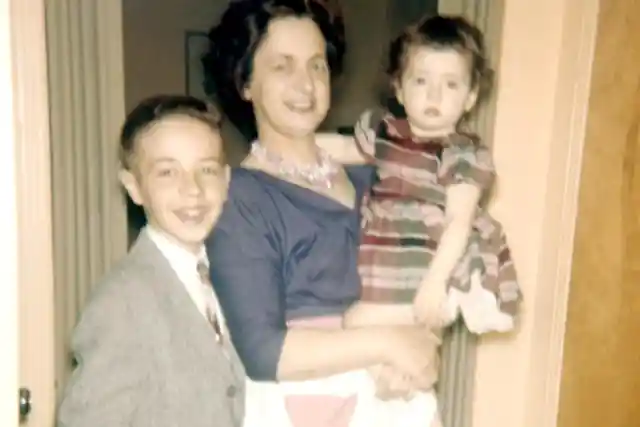
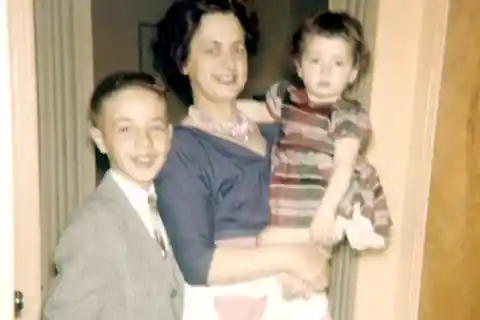
With women not being as career-focused and marriage being a top priority for most, it was most common for women to stay at home, raise the children, and keep up with all the household chores. This, in itself, is a full-time job! In fact, there were names for it beyond just the typical housewife.
And they were still expected to cook after their husbands got home. It was exhausting but something lots of women (not all) enjoyed.
The 1960s: Couples Buy A Home
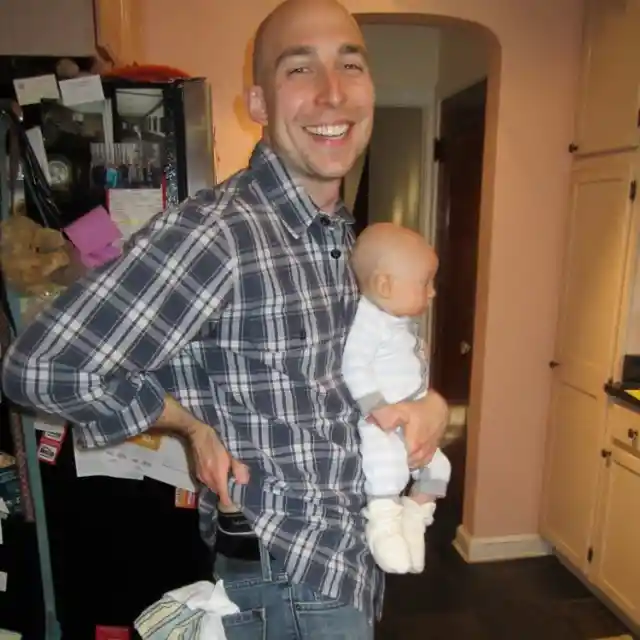

Today, it’s not uncommon for the husband to stay at home with the children while the wife makes more money and is the breadwinner. Sometimes, it’s a case of the woman being more educated and therefore more successful and the couple making a joint decision that the father should stay home. It’s the opposite of what was expected decades before.
Most relationships need both incomes in the household, so both partners will go to work, and they will find daycare for their children if no other options are available.
Today: Couples Live With Their Parents Until They Can Afford A Place Of Their Own
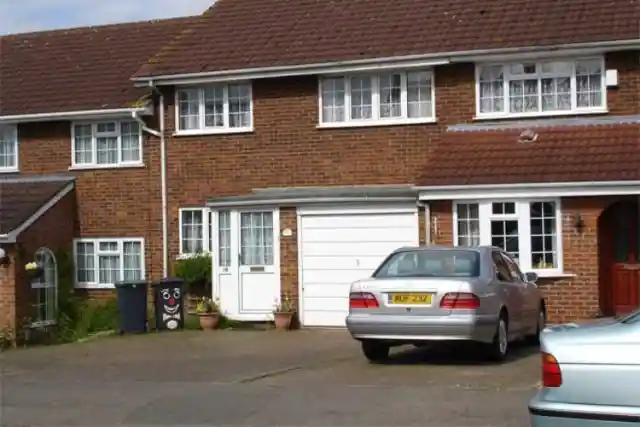

The cost of housing back in the 1960s was much cheaper than it is today. When couples got married, very soon afterward they would often purchase a house; many people received financial help from their wedding for their first house, and it would cover a large portion of the down payment.
In fact, some would have already bought their dream home some months before the wedding. But they would only move in after the wedding.
The 1960s: The Term ‘Relationship’ Refers Strictly To The Heterosexual Variety
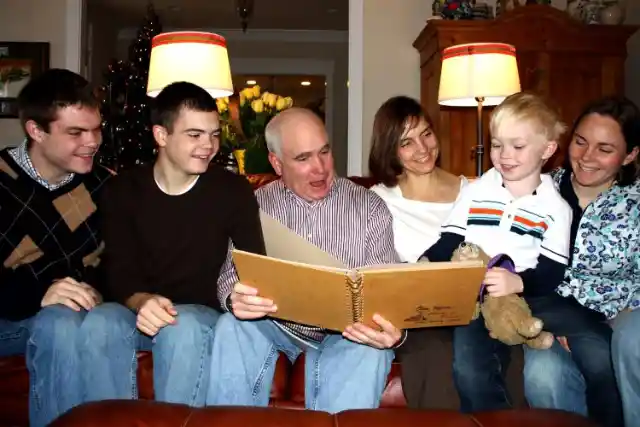
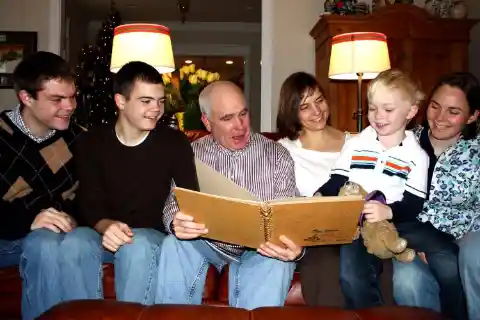
Many people can’t afford to leave their parents’ house until they are in their 30s. Some will have moved into a small apartment on their own, but with rent getting higher and higher what seems like every day, even two incomes aren’t enough to be able to save for a down payment.
So kids are staying with their parents longer. Some of them have even started their families while in their parents’ homes.
Today: You Can Be In A Relationship Of Many Kinds

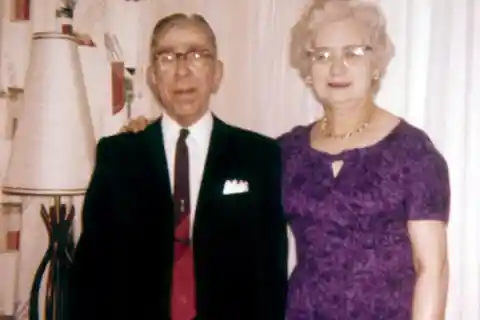
There was a time when being gay or identifying any way other than straight was unacceptable. Many people would look at you as less than if they knew or would resort to other measures of hate crimes, so many people just didn’t feel safe or comfortable to come out at this time.
In fact, it was common for gay men and women to hide their preferences by being in heterosexual relationships. The stigma and backlash were just that intense back then.
The 1960s: Parents Are Strict About Disciplining Their Kids’ Behavior


For most people, you don’t have to worry about coming out or expressing yourself openly (unless you’re in an unsafe environment). Today, there are marches for pride in most major cities and even small towns. People are coming together and finding communities where they can be open, and it’s a very beautiful thing.
While gay relationships are still not something that everyone is willing to accept, great strides have been and continue to be made.
Today: Parents Have All Sorts Of Parenting ‘Tools’ To Work With
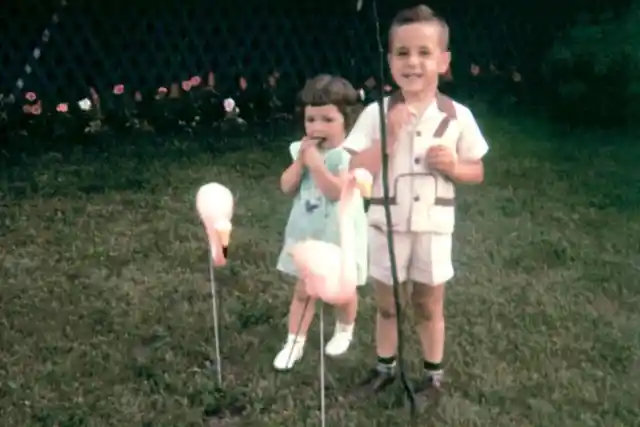

When it came to your marriage and when kids were involved, in the 1960s, parents were generally stricter. You weren’t looked down on if you used a wooden spoon to give your child a smack on the hand if they were misbehaving. In fact, you may have been looked at as a bad parent if you let your child act out instead of disciplining them on the spot.
It was because even as kids, you were expected to act a certain way, especially in public. And this punishment was often something that the father would do.
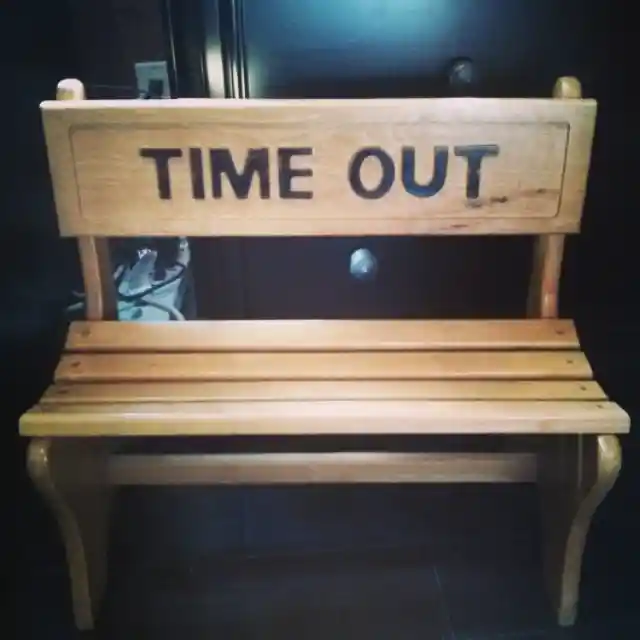

Today, there are many more resources for parents on the subject of parenting where they don’t have to resort to something like spanking. There are many studies now that show the effects of using violence towards your children, and parents can be charged for child abuse and neglect now depending on how they treat their children.
So, it’s not uncommon for children to be throwing fits in public places. In fact, most people turn their heads the other way when they see it happening.